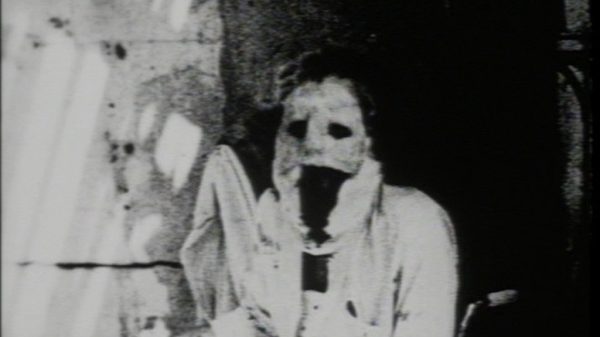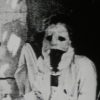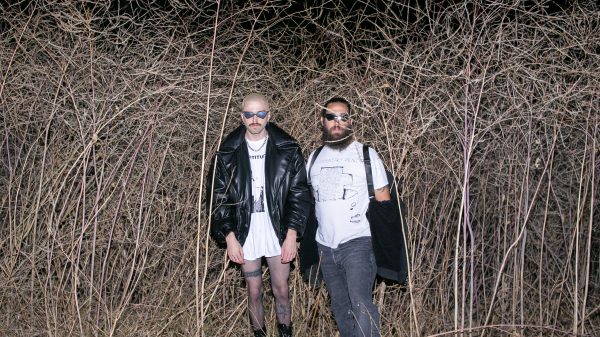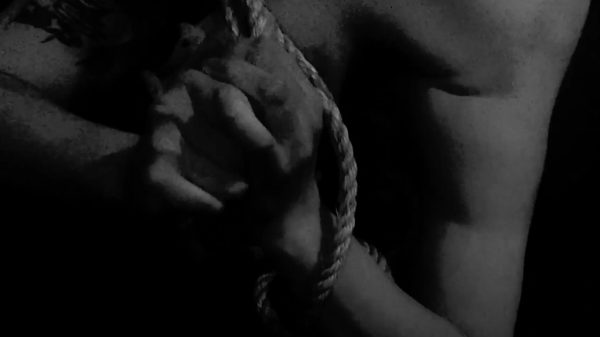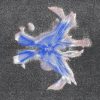Chris Jarman has had one hell of a ride in the experimental electronic scene. Starting off as a session musician, participating in numerous records through the years, he entered the drum and bass scene first with Raiden and soon enough with Kamikaze Space Programme. In this interview, we discuss with Chris his journey so far, the essence of KSP, the inspiration that drives his work, as well as his new project with Adam Winchester, and a ton more interesting stuff. Chris is really open about his musical experiences and there is a lot of great information on one hell of a musical journey here, so dive in!
Hi Chris! Firstly thanks for finding the time to do this interview, it is much appreciated! You have a new release with the Vanta Series; The End Is Near. Can yo tell us how your participation in this work came to be?
Thank you for the interest! I’ll do my best.
I remember getting a message from Nico, who is the CEO and Creative force behind KILLEKILL, while waiting for a train on a freezing cold platform. He told me me about his plans to expand KILLEKILL into more labels and he really wanted for me to be more involved in KILLEKILL’s future. Music to my ears!
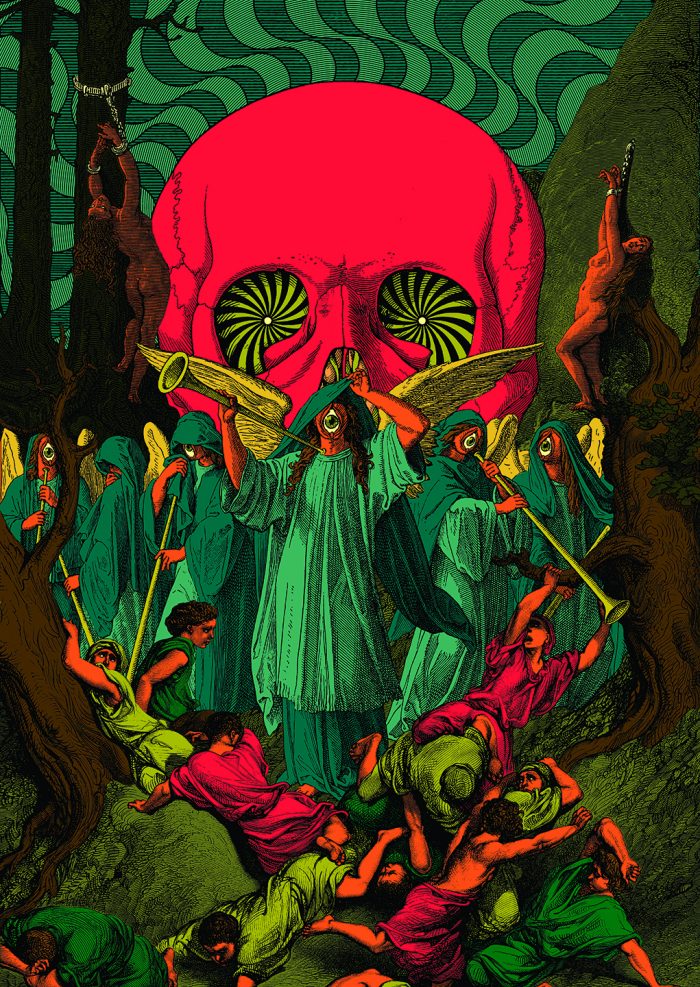
How would you describe your participation in The End Is Near? And how did the excellent remix by JoeFarr come to be?
I guess this EP represents my assimilation to into the KILLEKILL family; the writing of this EP was definitely a turning point for me. As with all my releases, I wanted it to be a cross section of material, not just 4 straight techno bangers or 4 experimental cuts. I named each track after the Kardashev scale, which is a measure of technological advancements of civilisations. I was only supposed to make 2 tracks plus a remix, but Nico couldn’t decide, so he took 3.
Joe Farr is also from Bristol and his studio is 50 meters from mine. I’ve been a huge fan of his work for many years. I was elated when he agreed to remix a track for the EP. None of the tracks were finished at the time I sent over the ideas for remix, but Joe had the remix finished within 2 days and totally smashed it which made me look super lazy – I didn’t finish the EP for at least another 3 months, thanks Joe, ha!
You started as a session musician in the mid-90s if I am not mistaken. What sessions did you participate on?
I used to work for various bands when they needed a replacement a bass player in the studio or for tours, as I was able to learn a lot of complex songs quickly. I worked with a lot of Acid Jazz bands as I am a trained Jazz bassist, and that was a very popular sound at the time. I also featured on some Trip Hop LPs, but to be honest, I can’t remember many of the bands, as I would go into a session, learn and record the song and my job was done.
I also used to tour with bands, which was an incredible experience for an 18 year old; I never travelled abroad before, so it was like being taken to an alternate dimension and back. I knew from that moment I wanted to travel with my own music someday.
[youtube id=”UhdF4gJRd2U”]
And then came drum and bass, where as a producer you signed with Renegade Hardware. What was it like to take that step? What opportunities did it open up?
DJ Friction was a client at the studio where I worked, and during one of his breaks he happened to put my CD on in the kitchen and really liked what he heard. He sent my music to Renegade Hardware and I got a phone call from the label manager wanting to sign me to the label, develop me as an artist and give me a residency at the End club (RIP) in London, which is my favourite club and still is to this day. Within 6 months, I went from being a struggling session musician, thinking of packing it all in, to releasing records on my favourite label and traveling the world playing the music I loved. So can you imagine!
You are originally from Portsmouth, but have moved to Tallinn in Estonia. Are you still based there? What was the reason for relocating? What can you tell us about the electronic scene in the city?
I’ve been a bit of a nomad for the last 15 years, living in the USA, Holland, Estonia as well as stints in South America. I’m currently back in the UK living in Bristol, which has a very eclectic influence with a lot of cross pollination. I find my location has a huge effect on the music I make, and Tallinn, Estonia definitely had the biggest influence. All the abandoned factories with their concrete and rust, extreme seasons and relaxed lifestyle were so inspiring and conducive that I ended up staying for 8 years. Tallinn is the location for Andrei Tarkovsky’s Stalker movie, my studio was actually very close the entrance of the ‘Zone’ for example. The music scene is very healthy and passionate, many of the factory spaces have been over taken by artists and musicians, not to mention it’s the home of Arvo Pärt. I haven’t been there for a few years so I’m sure it’s even better now. Estonia will always have a special place in my heart.
So, Kamikaze Space Programme came along. How did the project come about? What was the goal for starting a project, and how would you compare it to your releases under Raiden?
In 2011, I felt like it was time to do something different; all of a sudden I just lost any desire to write any Raiden tunes, as Drum and Bass by design is quite a limited to tempo and everything being about a restricted sound palette, there’s only so much you can do. I was lacking inspiration and something to aim for. I really wanted the chance to discover a whole new method of working under a new alias as a fresh start. I soon discovered the fun of recording found sound to make music that captured the world around me; it was very liberating, and reignited my creativity. I needed that fresh approach to create a whole new musical identity and now I have reignited the same passion I had when I started making music.
[youtube id=”P8zoUwx0czI”]
With KSP, you use a vast variety of samples, and there is a preference for sounds derived from everyday life. What is it that inspires you in starting off with realistic sounds? Is there an allure towards reality that you want to highlight?
I’ve always had an unhealthy obsession with dystopian themes, modernism, other worldly experiences, brutalist architecture, things that characterise what’s human that doesn’t belong in the natural order. I’m particularly interested in textures such as concrete and metal, static radio interference, radioactivity and the themes where things thing would exist.
I think you are right – there is an allure towards reality, the everyday, the otherworldly. We live around these things every day, and it’s fascinating capturing these sounds and using them in a new context, i.e. listening to the radio emission of the Duga-3 radar at Chernobyl in a nightclub! There’s a huge enjoyment recording these sounds, from using equipment, getting out the studio and capturing a moment. I always carry a recorder with me and it’s amazing how that makes you tune into the world around you that you would usually ignore.
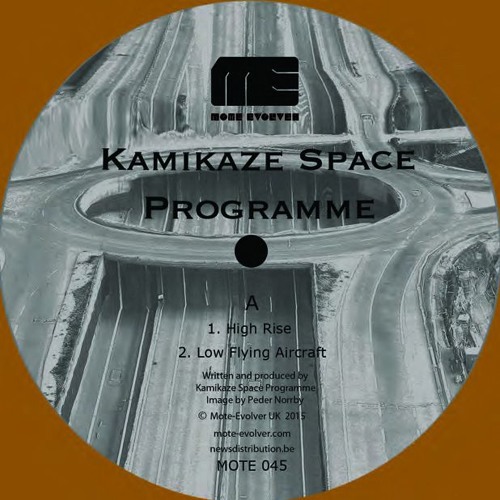
This approach to reality comes into contrast with one of your previous releases in Ballard, an EP containing four tracks, each titled from a J.G. Ballard story. I am therefore guessing you are a fan of the sci-fi writer. What is it that you like about his work? Are there more influences, outside of music, that come into play when you produce?
I’m really drawn to the themes of Ballard and Philip K. Dick, just the mental images their work creates. I feel Ballard’s work accurately describe the climate we are currently living in, a bleak consumer society where reality and fantasy has become blurred, and that we interface with reality via technology, a culture of sensation with a quest for endless excitement. With Philip K. Dick there’s a sense of escapism where he takes you to a world you never imagined before, like the culture shock you get when visiting a new exotic place.
Mostly I’m thinking about otherworldly places or conditions and try to capture their feel and texture. I think a lot of about the hue of colours, how these colours interact with each other and what materials I would need to get to achieve it. I find it very difficult to work if I don’t have an idea to draw on, and collection of inspiring sounds/processes which could trigger an idea or the desire to make something. It’s an ongoing process and I have a lot of to learn, but music is fun when you have something to aim for.
There is another project that yourself and Adam are involved in, Dot Product. The approach you are taking there is quite different, as is apparent in your excellent, self-titled album. What is the appeal towards this heavier, more abstract sound?
The quest to hear something new, or something that’s around us every day being used in a new way that may not be obvious on the first listen. I guess the appeal is taking sonic investigation beyond the synth and drum machine and discovering something you’ve never heard before and coming up with the fun experiments to record and manipulate sound. It’s a lot more rewarding than using tried and tested methods and the results are far more satisfying.
The whole manifesto of Dot Product is to create music from nothing, so synths or samples, all the sounds are derived from sound experiments such as internal resonances in spaces, feedback and the use of contact and EMR microphones, what also makes Dot Product unique is many of our sound sources can not be heard by the human ear without specialised microphones and processes. When the music is constructed we don’t use any grid or bpm, everything is hand placed or a live jam with no play button triggering loops. Going ‘off grid’ gave us more freedom than we ever imagined, especially in this day and age where so much music is sequenced precisely with common time signatures and computers. We do rely heavily on computer processing, but we look into other ways computers can help make music.
I am always interested to know how techno projects operate when more than one person is involved. What is the working relationship between yourself and Adam? How are the ideas for Dot Product produced? Do you work on them together, or on your own and then bring the other person in?
We always work at the same time; we will come up with an idea that could potentially create new sounds and we both expand on it, egging each other on to take the idea to its limit. If you are feeling uninspired it’s amazing to just stop, look around you and see what could be used to create a sound.
As an example, the last track we made (called ‘Organs without bodies’ on the new Dot Product LP) we filled up a bath of water and used waterproof contact microphones to record various objects underwater and the resonances of the tub. We took these sounds into our setups, manipulated the source material with Max 4 Live devices and jammed a rough arrangement. Every track uses some kinda strange environment, tunnel reverb loops, rivers, room feedback, hacked games controllers etc etc, anything to capture sounds that are out of the ordinary. Its fun!
You also started a couple of record labels, in Offkey and Voodoo. What has been the experience, running your own label? Are there any plans regarding these?
I’m enjoying not have to run a label these days, it allows me to focus more on being creative. Releasing on someone else’s label gives me deadlines I can’t break because of my procrastination. I may start my own label in the future if the time is right; I don’t see much point in having one at the moment as I’m more than happy with the labels I am working for.
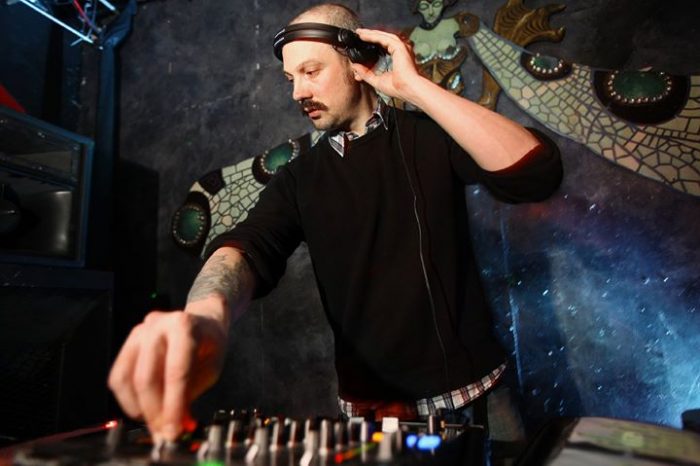
Do you have any upcoming live shows you would like to mention?
I’m off the Tokyo this weekend for Fiercesounds and will be playing on Dommune too. In the coming months I will be in France, Poland, Germany and Italy. I’d love to go Argentina and China if anyone can make that happen!
Do you have any upcoming releases, other than The End Is Near collaboration?
I about to release a single for Neighbourhood’s 2nd release. Neighbourhood is run by a very good friend that has supported me so much over the years. I’ve also just done a remix of Planetary Assault Systems track for a forthcoming remix LP on Mote Evolver next year. There’s also a compilation coming out soon on MORD where I’ve contributed a track. Next year I’m highly likely to release new material on Mote Evolver, KILLEKILL, TRUST and Osiris again as well as working on an LP.
Dot Product wise we have just finished our second LP which will be out on Osiris early next year and we have just remixed Delia Derbyshire for the BBC Radiophonic Workshop which will be released on Warp Records late 2017.
Alright Chris! Thanks again very much for finding the time to do this interview! All the best to you!
Thank you too!!! 🙂







